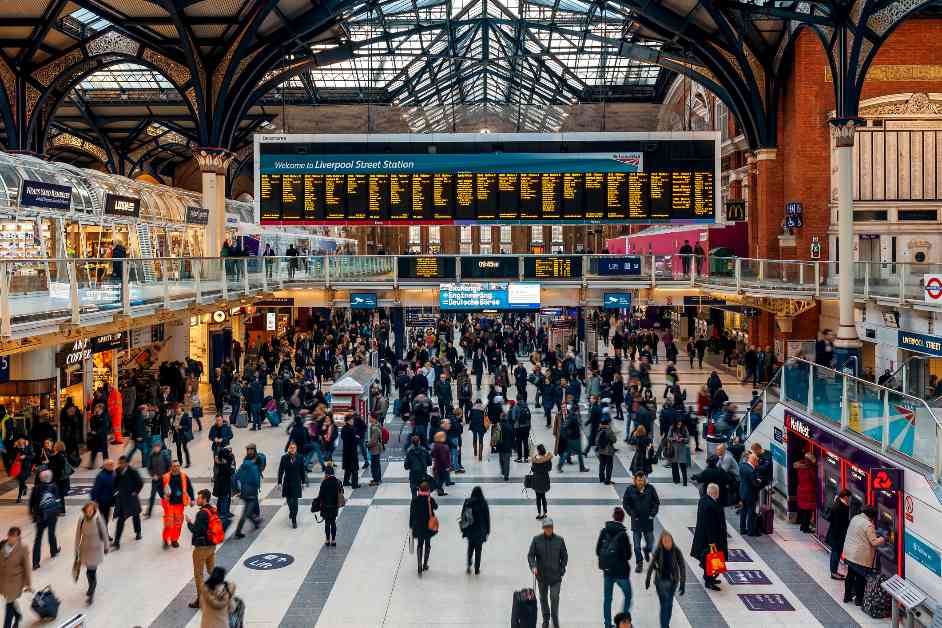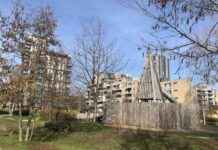In the heart of the bustling city, commuters faced a daunting challenge as they navigated their daily routines. The local train station, a vital hub for thousands of travelers, was slated for an all-day closure, disrupting the usual flow of rush hour traffic. Amidst the chaos and uncertainty, passengers were left scrambling to find alternative routes and modes of transportation. The closure, scheduled for maintenance and upgrades, left many wondering how they would reach their destinations and what impact it would have on their daily lives.
As the sun rose on the fateful morning of the closure, the train station stood eerily quiet, devoid of its usual hustle and bustle. Commuters who relied on the station for their daily commute found themselves at a loss, unsure of how to proceed. Some turned to buses, taxis, or rideshare services in a bid to reach their destinations on time. Others attempted to carpool with colleagues or friends, sharing the burden of navigating the city’s congested streets.
Impact on Commuters
The closure of the train station had a ripple effect on the city’s transportation network, causing delays and congestion throughout the day. Commuters reported longer travel times, missed appointments, and increased frustration as they struggled to adapt to the sudden change in their routines. Many expressed concerns about the lack of communication from authorities regarding the closure, urging for more transparency and support during such disruptions.
Expert insight shed light on the challenges faced by commuters during station closures. Dr. Sarah Johnson, a transportation analyst, highlighted the importance of effective communication and contingency planning in minimizing the impact on travelers. “Station closures can be a major inconvenience for commuters, especially during peak hours. It is crucial for authorities to provide timely updates and alternative travel options to mitigate disruption,” she emphasized.
Future Considerations
As the day drew to a close and the station prepared to reopen, commuters reflected on the challenges they had faced and the lessons learned from the experience. Many expressed gratitude for the support of fellow travelers and the resilience they had shown in navigating the chaos. Some called for better infrastructure and transportation options to prevent similar disruptions in the future, emphasizing the need for proactive planning and communication from authorities.
Looking ahead, city officials pledged to review their procedures for station closures and to enhance communication with commuters during such events. Plans were put in place to improve signage, update travel alerts, and provide real-time updates on alternative routes. The goal was to ensure that future closures would be handled more smoothly, with minimal impact on commuters and the city’s transportation network.
As the sun set on the city, commuters breathed a sigh of relief as the train station reopened its doors, signaling the end of a challenging day. While the closure had tested their patience and resilience, it had also brought the community together in a shared experience of overcoming adversity. As they boarded their trains and buses, commuters reflected on the day’s events, grateful for the opportunity to return to their familiar routines and hopeful for a smoother journey ahead.





















